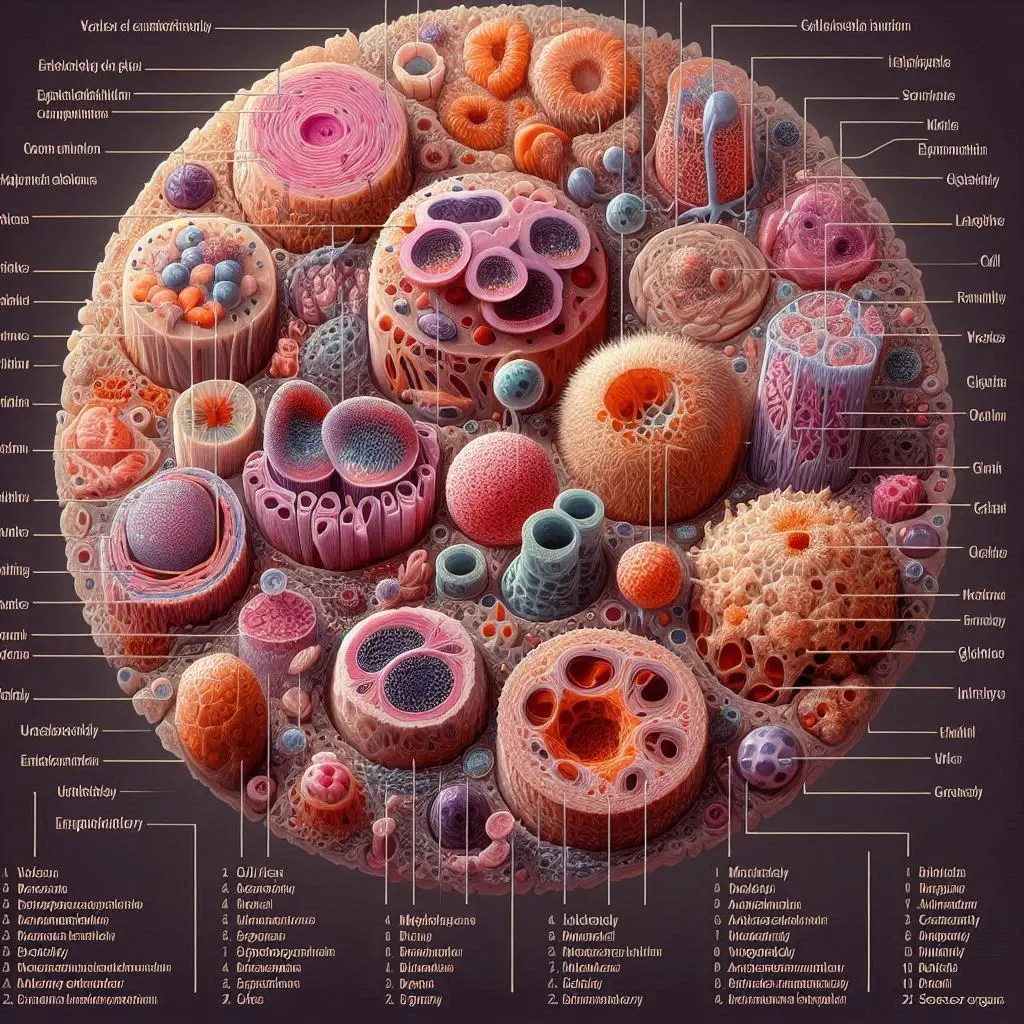Neutralization Assays

Introduction
Neutralization assays are vital tools for assessing the immune response in domestic and farm animals. These tests help determine the presence of neutralizing antibodies that protect animals from viral infections. Understanding these assays is crucial for veterinarians, animal health professionals, and farmers. In this article, we will explore the types of neutralization assays, their methodologies, applications, and significance in animal health management. We will also provide links to relevant resources for further reading.
What Are Neutralization Assays?
Neutralization assays measure the ability of antibodies to inhibit viral infectivity. When an animal is exposed to a virus, its immune system produces antibodies. These antibodies can neutralize the virus, preventing it from infecting cells. By measuring this neutralizing capability, we can assess the effectiveness of vaccines and the overall immune status of the animal.
Importance of Neutralization Assays
- Disease Monitoring: They help monitor viral infections within herds.
- Vaccine Efficacy: Assessing how well vaccines work.
- Herd Management: Informing management practices based on immunity levels.
For more detailed information on the role of neutralization assays in veterinary science, you can visit Veterinary Microbiology.
Types of Neutralization Assays
Several types of neutralization assays are commonly used in veterinary diagnostics. Each type has its unique methodology and applications.
Serum Neutralization Assays (SNA)
Overview
Serum neutralization assays are among the most widely used methods for quantifying neutralizing antibodies in serum samples. These tests are particularly useful for various viral infections affecting livestock.
Methodology
- Sample Collection: Blood samples are collected from animals.
- Serum Preparation: The serum is separated from blood cells.
- Virus Preparation: A known quantity of virus is mixed with serum.
- Cell Culture: The mixture is added to susceptible cell cultures.
- Plaque Reduction: The reduction in viral plaques indicates neutralizing activity.
This method is effective for viruses such as Bovine Viral Diarrhea Virus (BVDV). For more information on BVDV and its impact on cattle, refer to BVDV Information.
Pseudovirus Neutralization Assays (pVNT)
Overview
Pseudovirus neutralization assays utilize pseudoviruses to evaluate antibody responses against specific viral strains. This method has gained popularity due to its safety and efficiency.
Methodology
- Pseudovirus Creation: Pseudoviruses are engineered to mimic real viruses.
- Sample Incubation: Serum samples are incubated with pseudoviruses.
- Cell Infection: The mixture is added to cell lines susceptible to infection.
- Measurement: The level of infectivity is measured to determine neutralization efficacy.
This approach is particularly relevant during emerging viral outbreaks, such as SARS-CoV-2 variants affecting various species, including cattle and pigs. For more insights on pVNT, check out Nature Reviews.
Virus-Like Particle (VLP) Neutralization Assays
Overview
Virus-like particle assays represent a newer method that uses luminescent particles to assess neutralizing antibody responses.
Methodology
- Particle Production: VLPs are produced that mimic the structure of real viruses.
- Sample Testing: Serum samples are tested against these particles.
- Luminescence Measurement: The level of luminescence indicates the presence of neutralizing antibodies.
This method has lower biosafety requirements compared to traditional methods and offers a broader dynamic range for detecting antibodies against highly pathogenic viruses like H5N1 in cattle.
Comparison of Assay Types
| Type | Advantages | Disadvantages |
|---|---|---|
| Serum Neutralization | Established method; widely accepted | Requires live virus; time-consuming |
| Pseudovirus Neutralization | Safer; faster results | May not fully replicate real virus |
| VLP Neutralization | High sensitivity; safe | Requires specialized equipment |
Applications of Neutralization Assays
Neutralization assays have several critical applications in veterinary medicine and animal husbandry.
Disease Monitoring
Regular testing using neutralization assays allows farmers to monitor viral infections within herds effectively. Early detection can lead to timely interventions, reducing the spread of diseases like BVDV or Avian Influenza.
Vaccine Development and Efficacy Testing
These assays play a crucial role in vaccine development by assessing how well a vaccine induces an immune response. For instance, researchers can use serum neutralization tests to evaluate new vaccine candidates against viruses like Foot-and-Mouth Disease Virus (FMDV). More details can be found at FAO on FMD.
Herd Health Assessment
Understanding the immunity status of animals helps inform management practices. Farmers can adjust vaccination schedules based on assay results, ensuring optimal protection for their livestock.
Research Applications
Researchers use neutralization assays to study viral pathogenesis and immune responses better. This research contributes significantly to developing new vaccines and therapeutic strategies.
Significance of Neutralization Assays in Animal Health Management
The significance of neutralization assays extends beyond individual animal health; they impact herd management and public health as well.
Enhancing Biosecurity Measures
By understanding immunity levels within herds, farmers can implement effective biosecurity measures to prevent disease outbreaks. This proactive approach minimizes economic losses associated with livestock diseases.
Supporting Regulatory Compliance
Many countries require regular testing for certain pathogens in livestock before export or sale. Neutralization assays help meet these regulatory requirements by providing reliable data on animal health status.
Informing Public Health Policies
Animal diseases can impact human health through zoonotic transmission. By monitoring viral infections in livestock through these assays, public health officials can develop strategies to mitigate risks associated with zoonotic diseases.
Challenges and Future Directions
While neutralization assays are invaluable tools, they face several challenges that require attention.
Technical Limitations
Some assay types require specialized equipment or expertise that may not be available in all veterinary practices or laboratories.
Standardization Issues
There is a need for standard protocols across laboratories to ensure consistency and reliability of results.
Emerging Viral Threats
As new viruses emerge, there is a constant need for developing new assays that can quickly assess immune responses against these threats.
Future Research Directions
Future research should focus on improving assay methodologies, enhancing sensitivity, and developing point-of-care testing options that are accessible even in remote areas.
Conclusion
Neutralization assays play a critical role in assessing immune responses in domestic and farm animals. They provide essential insights into disease monitoring, vaccine efficacy, and overall herd health management. As methodologies continue to evolve, these tests will remain pivotal in safeguarding animal health and preventing disease outbreaks.For further reading on veterinary immunology and related topics, you can explore resources from The American Veterinary Medical Association.
For more pearls of Vets Wisdom:
Coefficient of Inbreeding






Responses